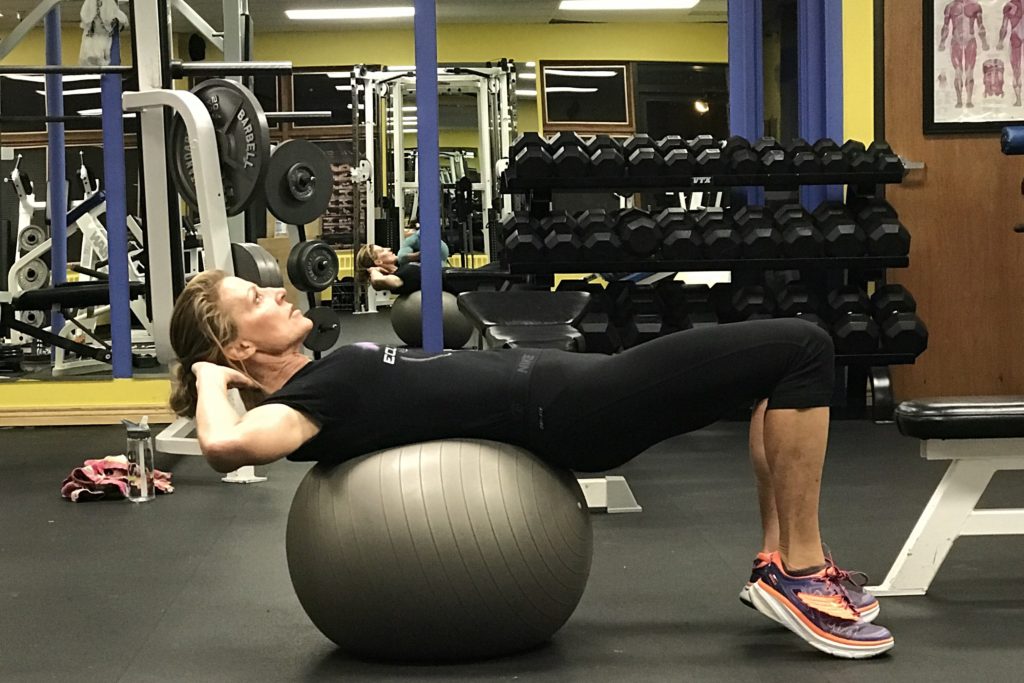What’s Better: A Ball or a Mat?
Core strength is key to athletic performance and injury prevention. But what’s the best way to strengthen your core? Using a Swiss ball or an exercise mat? Both have been shown to help in the development of core stability, but there’s been very little research determining which one is better.
The Study
A study in the Journal of Clinical & Diagnostic Research compared the effect of mat exercises and Swiss ball exercises on core stability for conditioning and rehabilitation. The study put subjects into three categories. Group A was asked to perform core stability exercises on a Swiss ball. Group B performed core stability exercises on a mat. And group C simply continued with their regular activities. The researchers measured the subjects’ transverse abdominis muscles (a significant component of our core muscles) at the start and conclusion of the one-month study.
The Findings
After the one-month study, “comparison of core stability between the groups showed significant improvement in group A [Swiss ball] as compared to group B [mat] and group C [regular daily activities]…” It should also be noted that there was more core stability in group B compared to group C. Which would make sense, considering group B focused on core exercises for a month versus group C who maintained their regular daily activities and didn’t focus on core exercises.
A Swiss ball works because it’s unstable. Unlike an exercise mat, you’re using your stabilizing muscles to not only stay on the ball but also to complete an exercise. In essence, your core is working nonstop just to offset the ball’s movement and keep you from falling off.
Many workouts can be enhanced with a Swiss ball. In fact, here’s a 15-minute workout designed to work your butt, thighs, hamstrings, and of course, your core. Another hack to get stronger abs? Simply switch out your desk chair for a Swiss ball.
15 Minute Workout: Stability Ball Butt Routine
Hamstring Curl
Place heels on stability ball, then raise hips so your body forms a straight line (1a) Pull your heels toward you to roll the ball as close as possible to your butt (1b) Pause, then reverse the movement to return to start. That’s one rep; do 15.
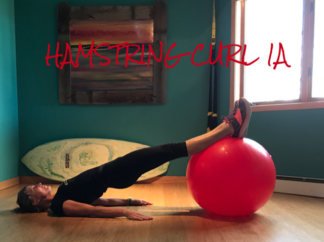
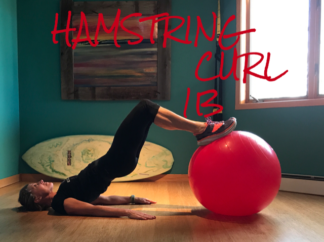
Single-Leg Glut Bridge
Rest your upper back on stability ball with feet hip-width apart, knees bent at 90 degrees. Squeeze your gluts and lift your right leg (2a), then lower your hips toward the floor (2b). Press through your left heel to return to the start. That’s one rep; do 15, then switch sides.
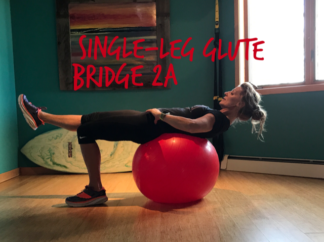
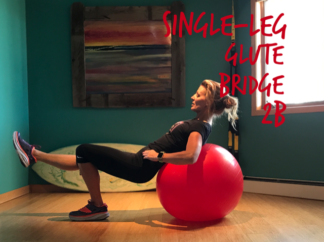
Foot-Elevated Plank Leg Lift
Start in pushup position with shines resting on stability ball, your hands directly under your shoulders (3a). Brace your core and squeeze your glutes as you lift your leg off the ball and out to the side (3b). Pause, bring your leg back to the ball to return to start, then repeat with other leg. That’s one rep; continue alternating for 8 reps.
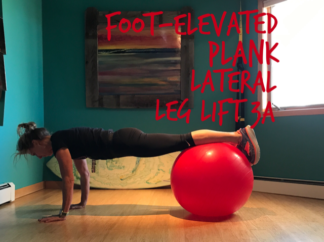
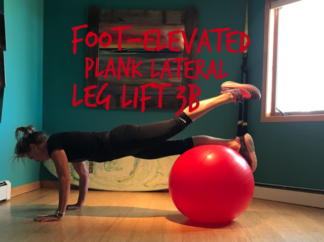
Hyper-Extension Superman
Rest lower belly, hips and thighs on stability ball and place your hands flat on the floor (4a). Squeeze your glutes as you slowly lift your legs into the air, peeling your thighs off the ball (4b). Slowly reverse the movement to return to the start, keeping the ball in place. That’s one rep; do 15.
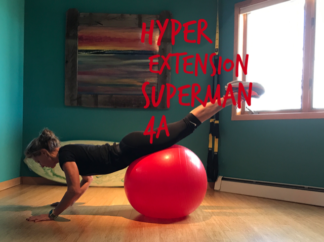
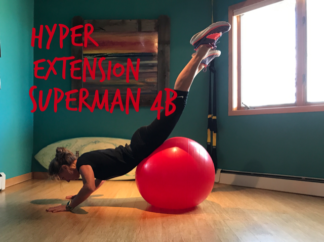
Dr Stilp swears by her Swiss ball. If you’re looking for ways to stabilize your core or rehabilitate after an injury contact Dr. Stilp to get a program started.

